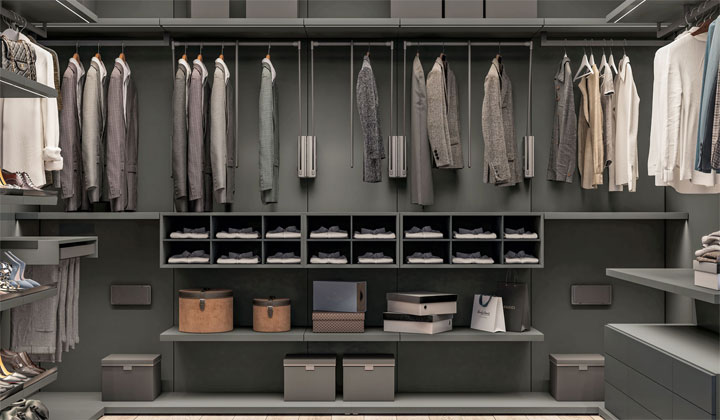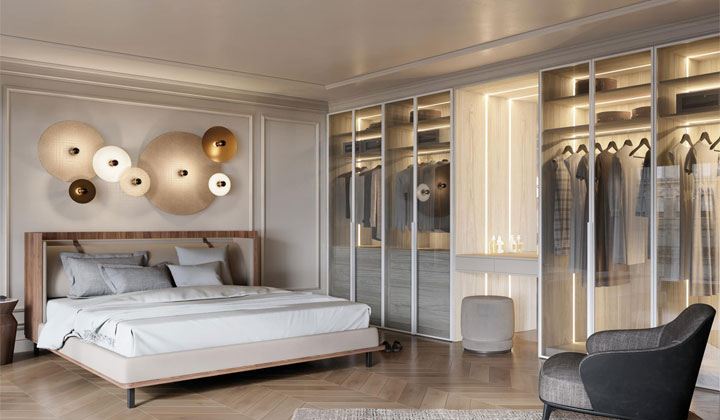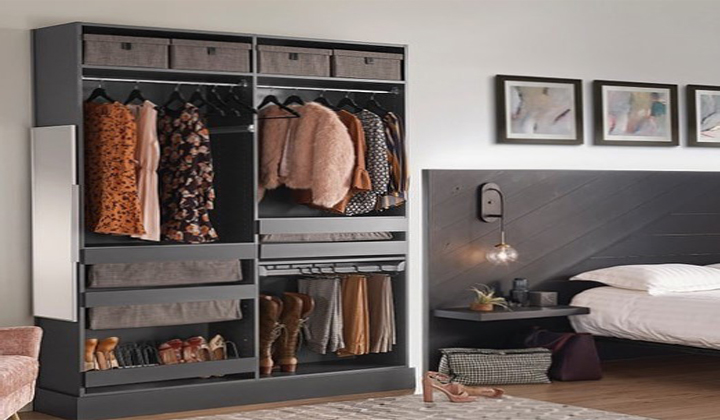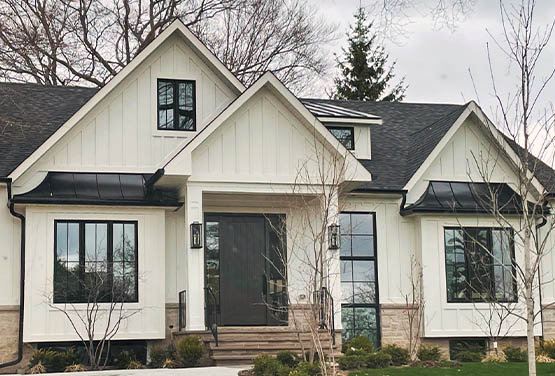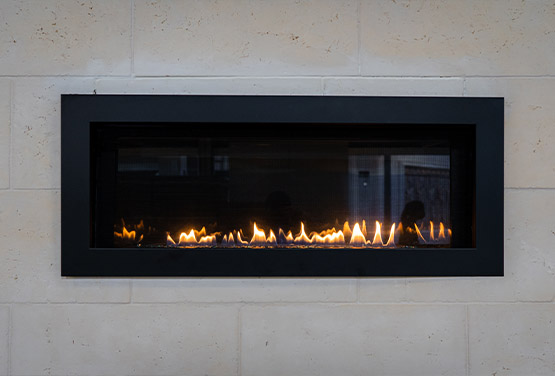
4 Tips to Get the Ideal Closet Space
How Much Space do You Need?
When planning the design, shape and size of your new closet, it's important to consider how much space you really need. It's not just about the total space, but it is also about the type of space you need. Some clothes need to be hung and others are best left folded. It depends on the type of the item, the fabric from which it is made, and personal preference. For example, some people like to fold their t-shirts while others prefer to hang them and arrange them according to colour. There are also extras like ties and shoes that need to be considered. By taking account of the amount of space you need for hanging versus folding, you will have a better idea of the best layout for your closet.
Planning size and design
Reach-in closets should stick to certain dimensions in order to make them effective and efficient. For example, a reach-in closet should be 24 to 30 inches in depth so that there's enough space for your clothing, but you don't have to reach in all the way just to get your favourite shirt. The best width for these closets is between 6 and 8 feet. This is because the width affects the size and number of doors. It's better to have more doors than try to install wide doors. You may not have enough space to open the doors properly if they are too big.
Now make sure that you measure your space accurately and sketch all the measurements too. This ensures that you don't end up with a closet that's too large, long, or not appropriate for the space. It's also a good idea to take note of any sloped walls or other odd features that can make it difficult to fit a standard closet. In this case, it's most likely that you will need a custom-built closet.
Different spaces need to be allocated to different items of clothing and accessories. Shoes, for example, might be best stored on slide-out racks or tilted shelves. These types of storage make it that much easier to find your shoes than if they are simply tossed around at the bottom of your closet. Longer items (like coats) can be hung on taller rods while shorter items can be hung on a lower bar.
Maximize every inch
You can make the most of your entire closet without squashing everything inside. The key is in the step above – planning. Once you know where all of your main items are to be stored, you can then plan how to store everything else. Ties and belts are often tricky but you can make the most of your closet doors by adding small rails or hooks.
Sliding doors might be tempting if you are looking for ways to save space but they can make it difficult to access the clothing you need. Sliding doors can fall off their tracks, they can be difficult to keep clean, and it can be easier to pick your outfit if you are able to view your entire open closet.
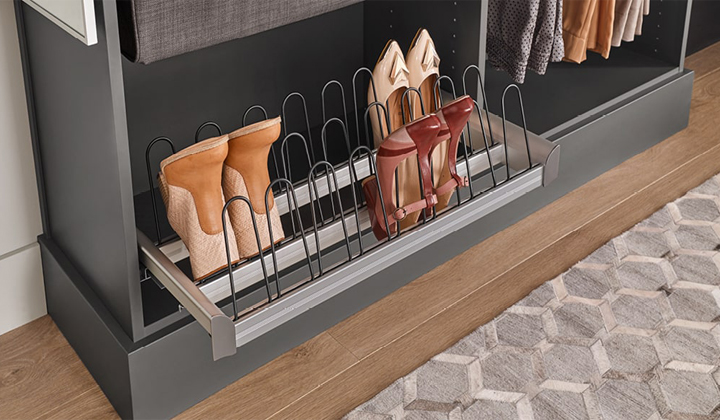
Make it easy to rotate
We all rotate our closets. During the summer, our summer clothing items occupy the prime real estate in your closet, while your winter clothing is tucked away in the back - and vice versa during winter. When the seasons change, it's time to rotate your closet. Many people make use of a high shelf at the top of their closet for storage. By using vacuum-storage bags, you can keep your clothing clean and make storage easier. Make sure that you include a label in each bag so that your clothing is always easy to locate when needed.
When shopping for a new closet, there are many options. You can buy a ready-made closet if you can find one that suits your needs. Alternatively, you could opt for a semi-custom design. This option offers the best of both worlds. If, however, you cannot find a ready-made or semi-custom design to fit the room, you will need to opt for a custom-made closet. At Improve Canada, you will find a comprehensive list of the best Canadian closet companies that will help you transform your home and how you store your belongings.
Custom Closets & Cabinets Showrooms
- FAER AMBIENTI CLOSETS & WARDROBES
